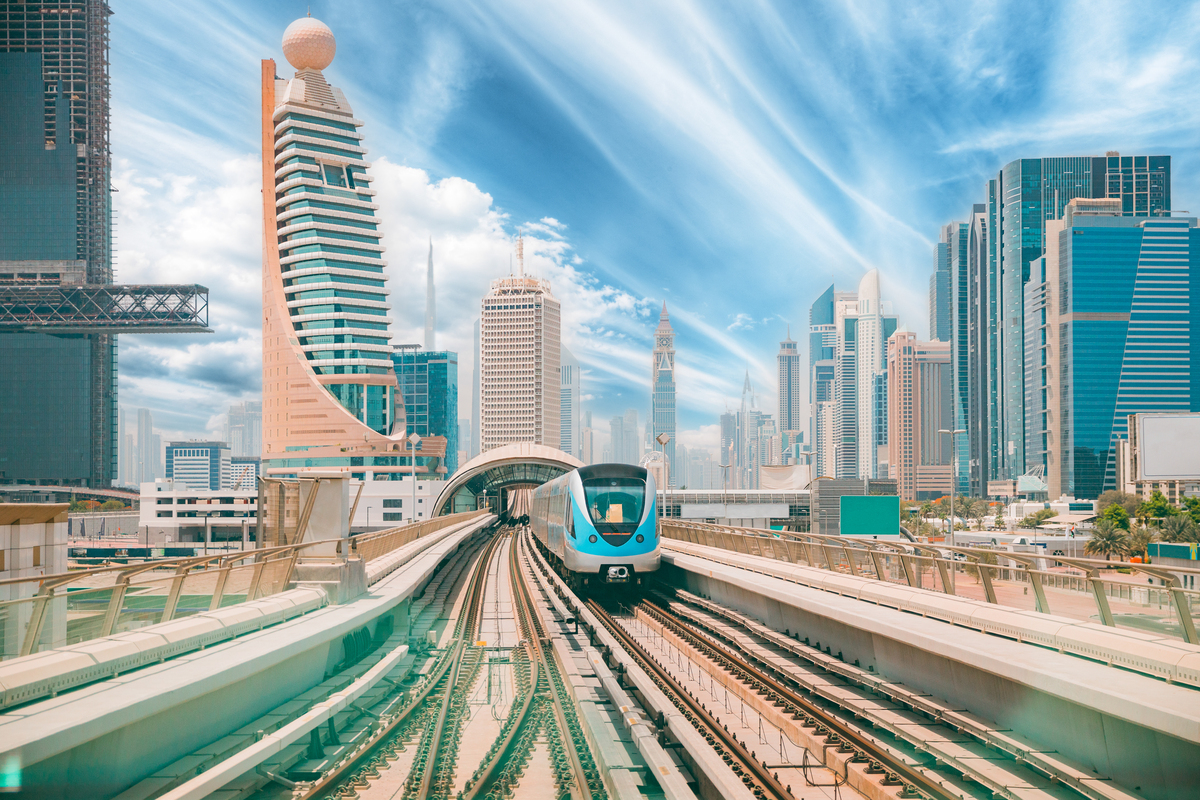The UAE’s real estate market is one of the most dynamic in the world, driven by a combination of economic policies, investor-friendly regulations, and infrastructure development. Understanding the key factors influencing property values and demand in the UAE is essential for investors, developers, and buyers. Below are the primary drivers shaping the real estate sector in the country.
1. Tourism
Tourism plays a crucial role in attracting foreign investment to the UAE, particularly through global events like Expo 2020. Ongoing events and renowned tourist attractions, especially in Dubai and Abu Dhabi—ranging from major trade exhibitions and international conferences to landmarks such as the Burj Khalifa and Yas Island—serve as key drivers for real estate investment.
According to Statista Market Insights, the UAE’s Travel & Tourism market is set for substantial growth, with revenue expected to reach $1.396 million by 2025. The Package Holidays segment is anticipated to lead, contributing a significant share to the total revenue. Additionally, the UAE’s Ministry of Foreign Affairs reports that the travel and tourism sector contributed AED 159.1 billion (USD 43.3 billion) to the country’s GDP, making up 12.1% of the total. This figure is projected to grow at an annual rate of 4.9%, reaching AED 264.5 billion (USD 72 billion) and representing 12.4% of GDP by 2027.
2. Influx of High-Net-Worth Individuals
Understanding the influx of high-net-worth individuals (HNWIs) into the UAE is essential for analyzing the country’s real estate market dynamics. As of 2024, the UAE has attracted over 6,700 HNWIs, with projections indicating a net inflow of 8,200 by 2025—more than double that of the United States, which is expected to see 3,800 new HNWIs. A March report by consultancy Knight Frank forecasts continued growth, estimating that by 2026, the UAE will be home to approximately 228,000 elite individuals.
Dubai remains the top choice for millionaires, with the city experiencing a remarkable 78% increase in its HNWI population over the past decade, now exceeding 72,500 residents. Our analysis indicates that these affluent individuals primarily seek ready-to-move-in luxury villas and apartments. This trend suggests that Dubai’s most prestigious areas—such as Palm Jumeirah, Downtown Dubai, and Dubai Hills—are the preferred destinations for incoming millionaires.
The rising number of wealthy residents is expected to have a profound impact on Dubai’s economy and society. Their investment in high-end properties is already fueling the real estate sector, while their presence may also lead to new business ventures, increased capital inflows, and the transfer of expertise. However, this surge in affluent individuals could also contribute to rising prices for luxury goods and services.
3. Ambitious Infrastructure & Transport Development
The UAE’s strategy for economic expansion and investment attraction is underpinned by major infrastructure and transport advancements. These initiatives include:
3.1 Dubai Metro Blue Line
The highly anticipated Dubai Metro Blue Line is set to commence operations on September 9, 2029, as announced by the Roads and Transport Authority (RTA). A contract worth AED 20.5 billion has been awarded to leading Turkish and Chinese firms—Mapa, Limak, and CRRC—for the project’s construction.
Spanning 30 kilometers with 14 stations, the network will feature 28 trains, aiming to accommodate 200,000 riders by 2030, increasing to 320,000 passengers by 2040. The Blue Line will significantly enhance connectivity between Dubai International Airport and the upcoming Al Maktoum International Airport, serving key urban areas such as Dubai Silicon Oasis, Dubai Creek Harbor, Ras Al Khor Industrial Area, Mirdif, and many more.
3.2 Dubai 2040 Urban Master Plan
The Dubai 2040 Urban Master Plan outlines a long-term strategy for sustainable urban growth, enhancing residents’ well-being and reinforcing Dubai’s position as a premier global destination. This visionary plan integrates various urban development master plans to align with the emirate’s economic priorities and future needs.
As the seventh urban development strategy since 1960, Dubai’s transformation has been remarkable. Between 1960 and 2020, the city’s population surged from 40,000 to 3.3 million—an 80-fold increase—while the built-up area expanded 170 times from 3.2 square kilometers.
3.3 Dubai Loop
Elon Musk’s “The Boring Company” has partnered with Dubai’s Roads and Transport Authority to develop the “Dubai Loop,” a 17-kilometer underground high-speed transport system. Announced at the 2025 World Government Summit, the initial phase will feature 11 stations and utilize electric vehicles traveling up to 160 km/h, aiming to transport over 20,000 passengers per hour. Musk described the system as a “wormhole,” enabling rapid transit across the city.
4. Conclusion
The UAE’s real estate market continues to thrive, driven by a unique blend of economic vision, investor-friendly policies, and world-class infrastructure. Tourism, high-net-worth individual migration, and large-scale urban development projects all play a crucial role in shaping property demand and values.
With the UAE’s tourism sector poised for significant expansion and the government’s commitment to sustainable urban planning, the country remains an attractive destination for global investors. As the nation continues to evolve, its real estate market presents abundant opportunities for buyers, developers, and stakeholders looking to capitalize on its dynamic and rapidly growing landscape.







